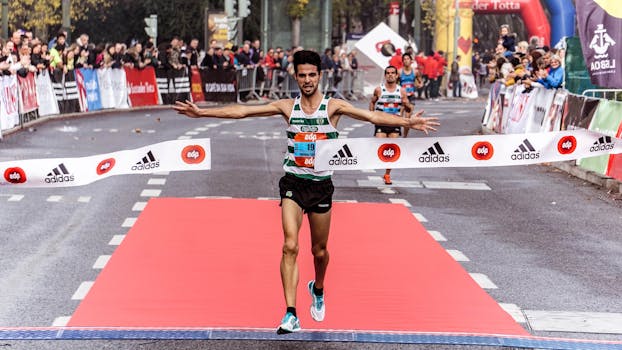
Introduction
Finding the perfect pair of running shoes can be a challenge. One of the most common questions runners ask is whether their shoes are too tight or just right. The right fit is crucial not only for comfort but also for preventing injuries and maximizing performance.
Signs Your Running Shoes Are Too Tight
- Numbness or Tingling: These sensations usually mean the shoes are putting too much pressure on your feet.
- Blisters or Hot Spots: Friction from tight spots can cause unpleasant blisters.
- Pain in the Toes or Toenails: Shoes that squeeze your toes can lead to black toenails or persistent pain.
- Difficulty Wiggling Toes: You should be able to move your toes freely inside your shoes.
Signs Your Running Shoes Fit Just Right
- Thumb’s Width in the Toe Box: There should be about a thumb’s width between your longest toe and the end of the shoe.
- Snug—but Not Tight—Midfoot: The shoe should hug your arch and midfoot without constricting it.
- No Slipping at the Heel: Your heel should stay in place without sliding or lifting as you run.
- Comfort from the Start: Well-fitting shoes shouldn’t require a painful break-in period.
Tips for Finding the Perfect Fit
- Try shoes on at the end of the day when your feet are at their largest.
- Wear the socks you plan to run in when trying on new shoes.
- Test the shoes by jogging lightly in the store if possible.
- Remember, sizes may vary by brand—always focus on fit, not just number.
Conclusion
The right running shoe should feel comfortable and secure—not restrictive. If your shoes are causing discomfort, it’s a sign they may be too tight. Take the time to find your perfect fit and enjoy a comfortable, injury-free run!
Comments
Post a Comment